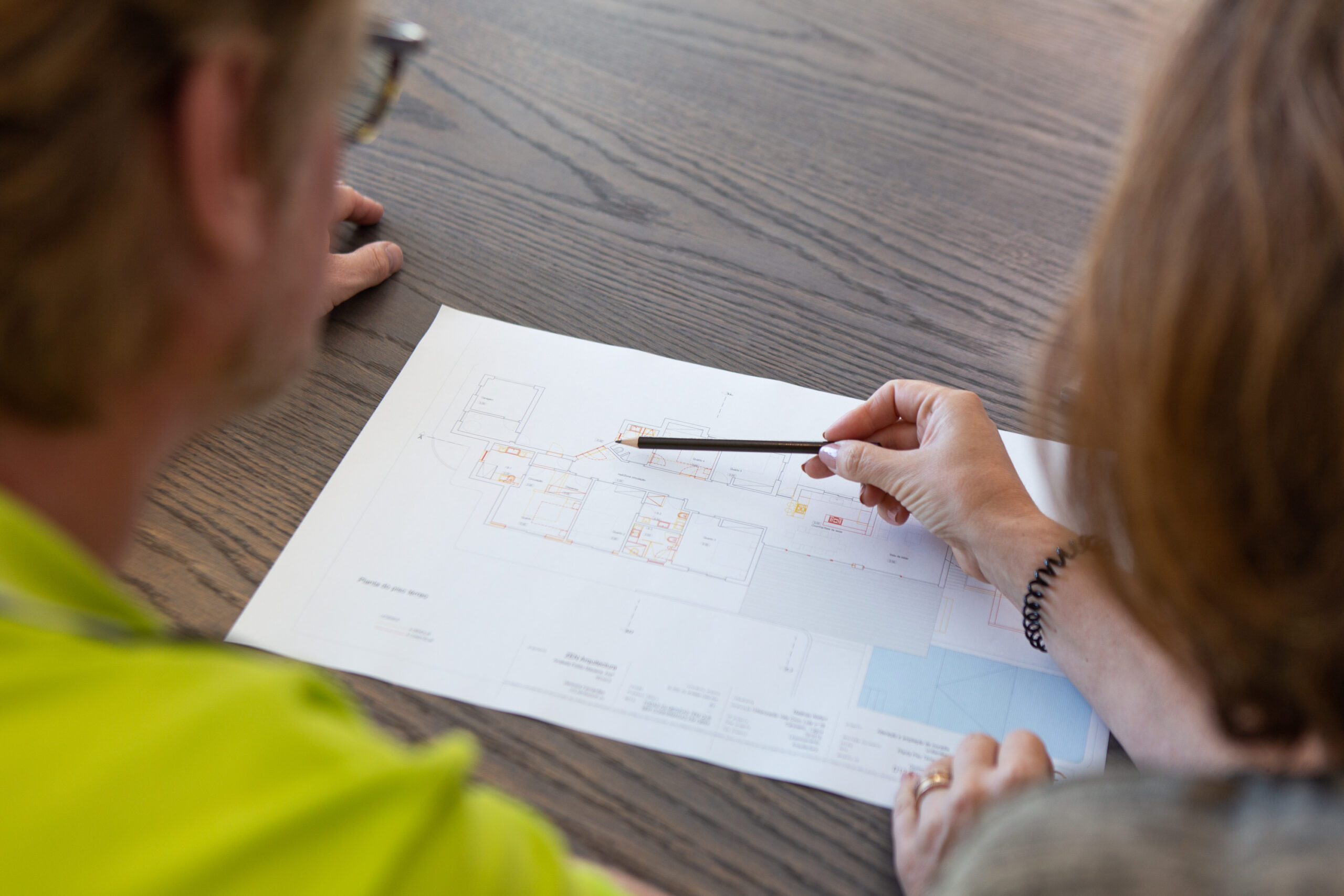Portugal, with its diverse climate and geographical features, faces the challenge of adapting its architecture to withstand a series of natural disasters, from hurricanes and earthquakes to forest fires.
As an architecture firm based in Portugal, we understand the importance of designing structures that prioritize safety and resilience. In this blog post, we’ll delve into effective design strategies for creating disaster-resistant architecture in our beautiful country, where climate and seismic activity demand special attention.

Site selection and analysis:
– Seismic evaluation: Before starting any construction, it is crucial to carry out a thorough seismic evaluation. Understanding the geological characteristics of the site helps architects and engineers plan earthquake-resistant projects.
Fire Risk Assessment: While Portugal’s legislation dictates zones where forest fire risks loom large (SNDFCI and PMDFCI), our commitment to safety extends beyond boundaries. We diligently assess the potential fire hazards in our immediate surroundings, leveraging this insight to make informed decisions regarding building materials and the nurturing of our landscapes.
Structural Design:
-
- Seismic Bracing: Incorporate seismic bracing systems to provide lateral stability during earthquakes. This can include shear walls, moment frames, and base isolators.
-
- Roof Design: In hurricane-prone regions, design roofs that can withstand high winds. Hip roofs or gable roofs with reinforced trusses are excellent choices.
Ventilation and Fire Protection:
-
- Firebreaks: Create defensible space around the building by incorporating firebreaks, such as gravel paths or fire-resistant vegetation, to prevent the spread of wildfires.
-
- Fire-Resistant Windows and Vents: Install fire-resistant windows and vents to prevent the entry of embers during wildfires.
Water Management:
-
- Drainage Systems: Develop effective drainage systems to prevent water accumulation during heavy rains or hurricanes. Proper drainage can prevent flooding and water damage.
Emergency Access and Egress:
-
- Design with Evacuation in Mind: Ensure buildings have well-planned emergency access and egress routes, especially in earthquake and wildfire-prone areas.
Regulatory Compliance:
-
- Building Codes: Stay up-to-date with local building codes and regulations related to disaster resilience. Compliance with these codes is essential for ensuring safety and obtaining necessary permits.
Collaboration with Engineers:
-
- Collaborative Approach: Work closely with structural engineers who specialize in seismic and disaster-resistant design to ensure the highest level of safety.

Designing disaster-resistant architecture in Portugal is not just a necessity; it’s a responsibility. At CORE, we are committed to creating buildings capable of withstanding the challenges posed by natural disasters. By incorporating site analysis, appropriate materials, robust structural designs and the expertise of our engineering partners, we create safe havens that protect lives and preserve dreams.
Together, we can make Portugal a safer, more disaster-resistant place to live and thrive. If you are embarking on a construction journey in Portugal, we invite you to reach out to us. Our specialized guidance in designing disaster-resistant structures will help transform your vision into an enduring reality.
Let’s build resilience, together!


